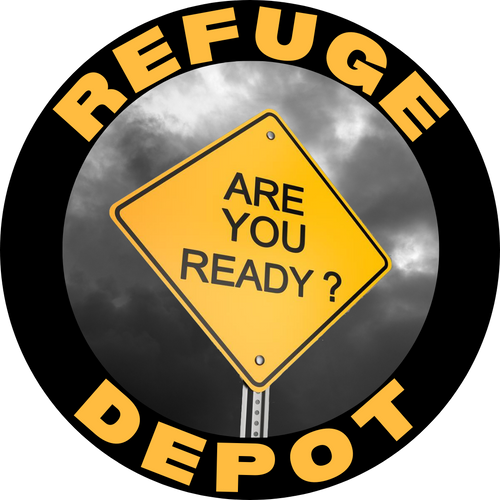
🔥 Cozy and Safe: Your Pre-Winter Fireplace Maintenance Checklist 🔥
Share
Before you light that first cozy fire of the season, a few simple safety checks can make all the difference! Whether you have a wood-burning or gas fireplace, preparing it now ensures a warm and worry-free winter.
The Non-Negotiable Safety Steps (For All Fireplaces)
-
1. Schedule a Professional Inspection and Cleaning: This is the most crucial step!
-
Wood-Burning: A certified chimney sweep will remove highly flammable creosote buildup, check for blockages (like animal nests), and inspect the chimney liner for cracks or damage. Creosote is the leading cause of chimney fires!
-
Gas: A technician will check the gas lines, burner, and pilot light for safe and efficient operation, and look for any potential carbon monoxide leaks.
-
-
2. Test and Replace Detectors:
-
Smoke and Carbon Monoxide (CO) Detectors: Check the batteries and test all alarms near your fireplace and sleeping areas. CO is an invisible, odorless, and deadly gas.
-
-
3. Check the Chimney Cap and Exterior:
-
Look from the ground (or safely from your roof) to ensure the chimney cap is securely in place. The cap prevents rain, debris, and animals from entering the flue.
-
Inspect the chimney exterior for loose bricks, missing mortar, or cracks.
-
For Wood-Burning Fireplaces
-
Clean the Firebox: Remove all excess ash and debris from the firebox. A small, thin layer (about 1 inch) can be left for insulation, but too much restricts airflow. Dispose of cooled ashes in a metal container, away from the home.
-
Inspect the Damper: Ensure the damper opens fully and closes completely. It should operate smoothly. The damper must be open before lighting a fire to allow smoke to escape.
-
Check Firebox Integrity: Examine the firebox bricks and mortar for any cracks or gaps that could compromise the structure.
-
Stock Seasoned Firewood: Only burn hardwood (like oak or maple) that has been "seasoned" or dried for at least 6-12 months. Seasoned wood burns hotter, cleaner, and produces less creosote than wet or "green" wood.
For Gas Fireplaces
-
Clean the Glass Doors: Use a specialized fireplace glass cleaner to remove any film or soot buildup for a clear view. Check the glass for any cracks or chips.
-
Check the Pilot Light and Burner: If your pilot light was off for the summer, relight it according to your owner's manual. The flame should be steady and blue. Dust and clean the ceramic logs/media and burner ports.
-
Inspect Vent Termination: For direct-vent units, ensure the outdoor vent is clear of leaves, snow, or debris.
Final Safety Preparations
-
Clear the Hearth: Move all flammable materials—curtains, furniture, decorations, and even the log holder—at least three feet away from the fireplace opening.
-
Use a Screen: Ensure you have a functioning fire screen or glass doors to prevent sparks and embers from escaping the firebox.
-
Know Your Tools: Have a proper fireplace toolset (poker, shovel, tongs) and a fire extinguisher nearby.
Stay safe and enjoy the warmth!
⦁ Pine Mountain Creosote Buster Chimney Cleaning Safety Firelog 3.5Lb Log Brown 1 Count https://a.co/d/cdNemuV
⦁ for 8"X32" Chimney Flue – Chimney Sheep Fireplace Draft Stopper Plug https://a.co/d/c0gZcAA
⦁ Chimney Balloon Fireplace Damper 36"X15" Draft Stopper Pillow Plug https://a.co/d/6z6lRPV
⦁ to Plug a 8" or 9" Round Chimney Flue – Chimney Sheep Wool Wood Stove & Fireplace Draft Stopper Plug Excluder https://a.co/d/75Ficyf

